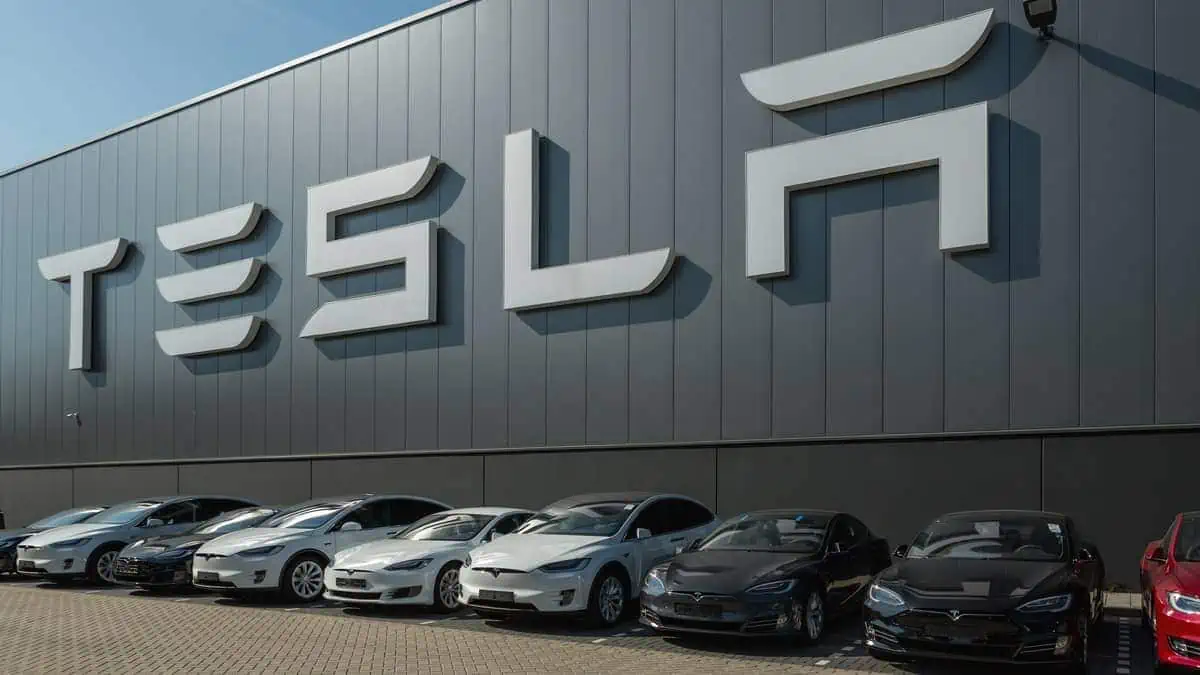Tesla officially disclosed its planned 4680 battery cell production line at Gigafactory Nevada. It will have an initial 100 Gigawatt-hours (GWh) annual capacity to supply 1.5 million light-duty EVs. However, the automaker aims to increase that output to 500 GWh a year in the long term, per CEO Elon Musk.
“We’re going to do our high volume semi-truck manufacturing here, and we’re also going to be adding 100 Gigawatt-hours of Tesla 4680 cell manufacturing here. And that’s just the start. I think long term, we may do as much as 500 Gigawatt-hours, but this increment is 100 Gigawatt-hours. Yeah, so it’s a hugely important game-changer.”
Tesla CEO Elon Musk
Notably, the announcement occurred during CEO Musk’s on-site presentation at the factory, which Nevada Governor Joe Lombardo attended. Check the video below.
For context, Tesla will invest $3.6 billion at Gigafactory Nevada to build the production plant for its 4680 battery cells and the Tesla Semi under the Phase 2 expansion plan.
Tesla battery storage to use 4680 battery cells
Tesla’s boss also noted that the 4680 battery cells produced at the new plant would also be used for the company’s battery storage products. That said, Tesla Megapack and Powerwall home batteries will employ the automaker’s 4680 battery cells in the future.
Furthermore, CEO Musk pointed out that even such a remarkable figure of 500 GWh is only a first step. Tesla apparently aims to produce far over 1,000 gigawatt-hours.
“We expect the new cell factory to produce at least 100 gigawatt-hours. And that’s really just to begin with. Long term, Tesla is aiming to produce well over 1,000 Gigawatt-hours, possibly 2,000 or 3,000. So this really is just the start. And that’s equivalent to 1.5 million additional Model 3/Y vehicles, and we’ll also be using 4680 for stationary storage as well. And to be clear, this is in addition to our suppliers.”
Tesla CEO Elon Musk
Unfortunately, CEO Musk has not revealed any timeline for the set targets. Nonetheless, it would be interesting to see Tesla’s current and future energy products employ the prominent 4680 cells.






